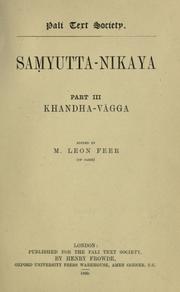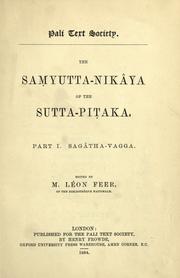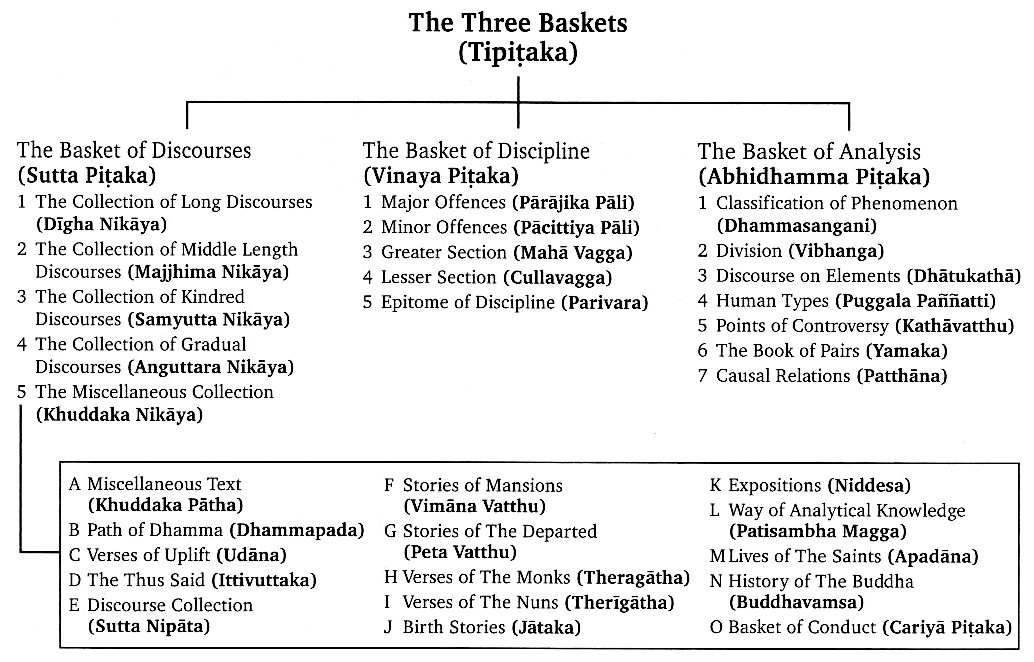The life of Siddhartha Gautama, the person we call the Buddha, is
shrouded in legend and myth. Although most historians believe there was
such a person, we know very little about him. The “standard” biography
appears to have evolved over time. It was largely completed by the “Buddhacarita,” an epic poem written by Aśvaghoṣa in the second century CE.
Siddhartha Gautama’s Birth and Family
The future Buddha, Siddhartha Gautama, was born
in the 5th or 6th century BCE in Lumbini (in modern day Nepal).
Siddhartha is a Sanskrit name meaning “one who has accomplished a
goal” and Gautama is a family name.
His father, King Suddhodana, was the leader of a large clan called
the Shakya (or Sakya). It’s not clear from the earliest texts whether he
was a hereditary king or more of a tribal chief. It is also possible
that he was elected to this status.
Suddhodana married two sisters, Maya and Pajapati Gotami. They are
said to be princesses of another clan, the Koliya from what is northern
India today. Maya was the mother of Siddhartha and he was her only
child, dying shortly after his birth. Pajapati, who later became the first Buddhist nun, raised Siddhartha as her own.
By all accounts, Prince Siddhartha and his family were of the
Kshatriya caste of warriors and nobles. Among Siddhartha’s more
well-known relatives was his cousin Ananda, the son of his father’s
brother. Ananda would later become the Buddha’s disciple and personal
attendant. He would have been considerably younger than Siddhartha,
however, and they didn’t know each other as children.
The Prophecy and a Young Marriage
When Prince Siddhartha was a few days old, a holy man prophesied over
the Prince (by some accounts it was nine Brahmin holy men). It was
foretold that the boy would be either a great military conqueror or a
great spiritual teacher. King Suddhodana preferred the first outcome and
prepared his son accordingly.
He raised the boy in great luxury and shielded him from knowledge of
religion and human suffering. At the age of 16, he was married to his
cousin, Yasodhara, who was also 16. This was no doubt a marriage
arranged by the families.
Yasodhara was the daughter of a Koliya chief and her mother was a sister to King Suddhodana. She was also a sister of Devadatta, who became a disciple of the Buddha and then, by some accounts, a dangerous rival.
The Four Passing Sights
The Prince reached the age of 29 with little experience of the world
outside the walls of his opulent palaces. He was oblivious to the
realities of sickness, old age, and death.
One day, overcome with curiosity, Prince Siddhartha asked a
charioteer to take him on a series of rides through the countryside. On
these journeys he was shocked by the sight of an aged man, then a sick
man, and then a corpse. The stark realities of old age, disease, and
death seized and sickened the Prince.
Finally, he saw a wandering ascetic. The charioteer explained that
the ascetic was one who had renounced the world and sought release from
the fear of death and suffering.
These life-changing encounters would become known in Buddhism as the Four Passing Sights.
Siddhartha’s Renunciation
For a time the Prince returned to palace life, but he took no
pleasure in it. Even the news that his wife Yasodhara had given birth to
a son did not please him. The child was called Rahula, which means “fetter.”
One night he wandered the palace alone. The luxuries that had once
pleased him now seemed grotesque. Musicians and dancing girls had fallen
asleep and were sprawled about, snoring and sputtering. Prince
Siddhartha reflected on the old age, disease, and death that would
overtake them all and turn their bodies to dust.
He realized then that he could no longer be content living the life
of a prince. That very night he left the palace, shaved his head, and
changed from his royal clothes into a beggar’s robe. Renouncing all the
luxury he had known, he began his quest for enlightenment.
The Search Begins
Siddhartha started by seeking out renowned teachers. They taught him
about the many religious philosophies of his day as well as how to
meditate. After he had learned all they had to teach, his doubts and
questions remained. He and five disciples left to find enlightenment by
themselves.
The six companions attempted to find release from suffering through
physical discipline: enduring pain, holding their breath, fasting nearly
to starvation. Yet Siddhartha was still unsatisfied.
It occurred to him that in renouncing pleasure he had grasped the
opposite of pleasure, which was pain and self-mortification. Now
Siddhartha considered a Middle Way between those two extremes.
He remembered an experience from his childhood when his mind had settled into a state of deep peace. The path of liberation was through the discipline of mind.
He realized that instead of starvation, he needed nourishment to build
up his strength for the effort. When he accepted a bowl of rice milk
from a young girl, his companions assumed he had given up the quest and
abandoned him.
The Enlightenment of the Buddha
Siddhartha sat beneath a sacred fig tree (Ficus religiosa), known ever after as the Bodhi Tree (Bodhi means “awakened”). It was there that he settled into meditation.
The work of Siddhartha’s mind came to be mythologized as a great battle with Mara.
The demon’s name means “destruction” and represents the passions that
snare and delude us. Mara brought vast armies of monsters to attack
Siddhartha, who sat still and untouched. Mara’s most beautiful daughter
tried to seduce Siddhartha, but this effort also failed.
Finally, Mara claimed the seat of enlightenment rightfully belonged
to him. Mara’s spiritual accomplishments were greater than Siddhartha’s,
the demon said. Mara’s monstrous soldiers cried out together, “I am his
witness!” Mara challenged Siddhartha, Who will speak for you?
Then Siddhartha reached out his right hand to touch the earth, and the earth itself roared, “I bear you witness!” Mara disappeared. As the morning star rose in the sky, Siddhartha Gautama realized enlightenment and became a Buddha.
The Buddha as a Teacher
At first, the Buddha was reluctant to teach because what he had
realized could not be communicated in words. Only through discipline and
clarity of mind would delusions fall away and one could experience the
Great Reality. Listeners without that direct experience would be stuck
in conceptualizations and would surely misunderstand everything he said.
Compassion persuaded him to make the attempt.
After his enlightenment, he went to the Deer Park in Isipatana,
located in what is now the province of Uttar Pradesh, India. There he
found the five companions who had abandoned him and he preached his
first sermon to them.
This sermon has been preserved as the Dhammacakkappavattana Sutta and centers on the Four Noble Truths.
Instead of teaching doctrines about enlightenment, the Buddha chose to
prescribe a path of practice through which people can realize
enlightenment for themselves.
The Buddha devoted himself to teaching and attracted hundreds of
followers. Eventually, he became reconciled with his father, King
Suddhodana. His wife, the devoted Yasodhara, became a nun and disciple. Rahula, his son, became a novice monk at the age of seven and spent the rest of his life with his father.
The Last Words of the Buddha
The Buddha traveled tirelessly through all areas of northern India
and Nepal. He taught a diverse group of followers, all of whom were
seeking the truth he had to offer.
At the age of 80, the Buddha entered Parinirvana, leaving his physical body behind. In this, he abandoned the endless cycle of death and rebirth.
Before his last breath, he spoke final words to his followers:
“Behold, O monks, this is my last advice to you. All
compounded things in the world are changeable. They are not lasting.
Work hard to gain your own salvation.”
The Buddha’s body was cremated. His remains were placed in stupas—domed structures common in Buddhism—in many places, including China, Myanmar, and Sri Lanka.
The Buddha Has Inspired Millions
Some 2,500 years later, the Buddha’s teachings remain significant for
many people throughout the world. Buddhism continues to attract new
followers and is one of the fastest-growing religions, though many do not refer to it as a religion but
as a spiritual path or a philosophy. An estimated 350 to 550 million
people practice Buddhism today.
://video.search.yahoo.com/search/video?fr=tightropetb&p=featured+animated+Life+of+the+Buddha#id=1&vid=19dbeffd67991a59ac162004d9ca99ec&action=click







:max_bytes(150000):strip_icc()/happy-buddha-56a0c4fa5f9b58eba4b3aa25.jpg)
:max_bytes(150000):strip_icc()/left_rail_image_religion-58a22da268a0972917bfb5c9.png)























